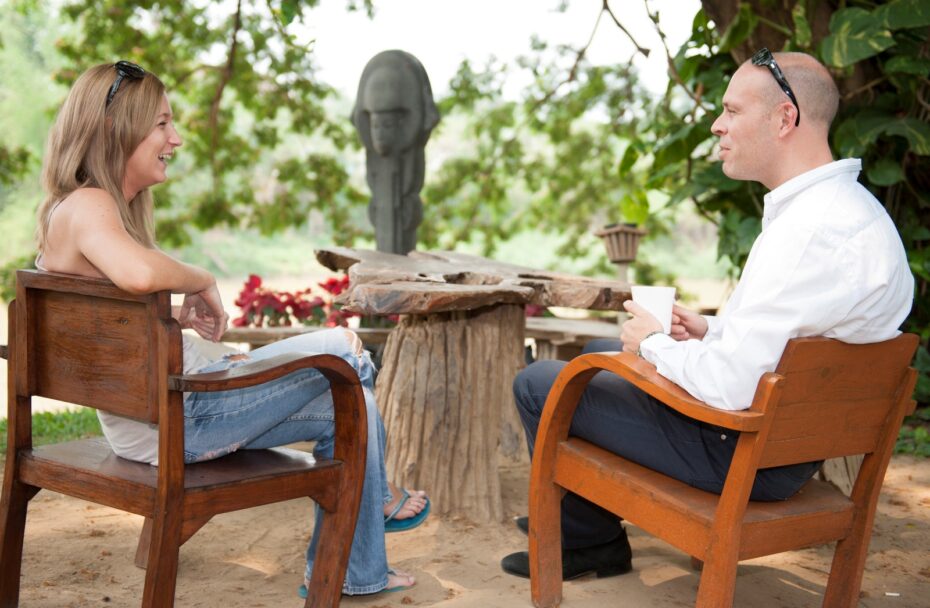Young people seem to think cannabis has a magical quality. I call it the Bob Marley factor,” claims Alastair Mordey, the co-founder and programme director of The Cabin Chiang Mai, a drug and alcohol rehabilitation centre in Thailand.
That would explain why more Malaysian youths are open to the idea of drugs, specifically weed, which Mordey said is partly due to the rise of social media and the erosion of traditional cultures.
Mordey, who is also a certified addiction counsellor, revealed that his rehabilitation centre has treated over 989 clients to date, and has a growing number of young clients, including Malaysians. And it is no coincidence that those in the 27-37 age bracket represent the highest number of addicts.

Kids and kicks
Despite the statistics, Mordey described addiction as an adolescent disease because it usually starts between the ages of 13 and 25. This is likely to be the case because nicotine and stepping-stone drugs such as cannabis, are more accessible to young people than heroin and other more harmful substances.
“When people are between the ages of 18 to 21, they will be completing their exams and starting out in the workforce. Those are the times when you need a superhuman level of energy to become successful, right?” said Mordey.
“One of the things that’s going to ‘help’ is amphetamines of any type, particularly methamphetamine. In the short term, it’ll make you successful because you can stay awake for much longer and you can concentrate better. But later, you will be at risk of secondary diseases like heart disease and strokes.”
The root of addiction
About five percent of the population is genetically predisposed to addiction, because of a malfunction in the midbrain.
Young adults who are starved of rewarding feelings they need, turn to drugs to top up the pleasure and reward chemical dopamine.
Mordey said: “It’s difficult when you talk about addiction as a disease because it’s not like a broken bone or a rash. This is inside their brain, so it’s not easy to see. What you see is the behaviour.”
Then, there are those who could develop that disease after using drugs through recreation.“That’s not a disease, that’s a choice. And this group is increasing,” said Mordey.
Health consequences
Many young adults think weed isn’t destructive, but this is where they could be wrong.
“There are some people who can’t tolerate cannabis and when they consume large quantities of it, they develop serious mental health problems,” he said.
It is also a myth that you can’t get addicted to weed because you can get addicted to anything that stimulates the production of dopamine, Mordey opined. And that includes chocolate, sex, gambling, shopping and drugs.
Drugs might make users feel great, but that sensation is temporary.
“Don’t forget, they’ll have a potential set of mental health problems later, which will boomerang back in a big way,” he said.
He added that similar to all chronic illnesses, addiction is a lifelong battle and addicts will have to learn how to live with it and treat it. An important part of the recovery process is engaging with other recovering addicts.
“They have to meet with other recovering addicts regularly to tell their stories and remind themselves of who they were. If they don’t do that, part of their forebrain will trick them into using again,” said Mordey.







Leave a reply